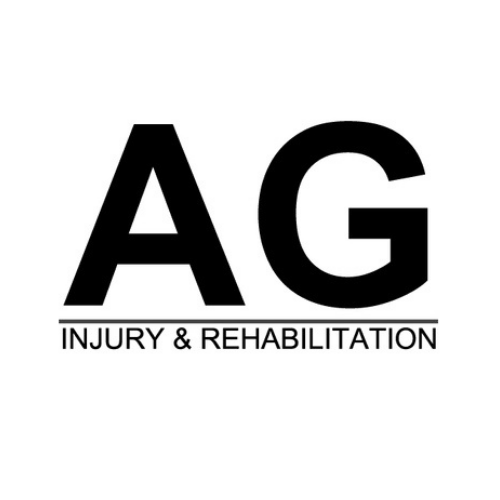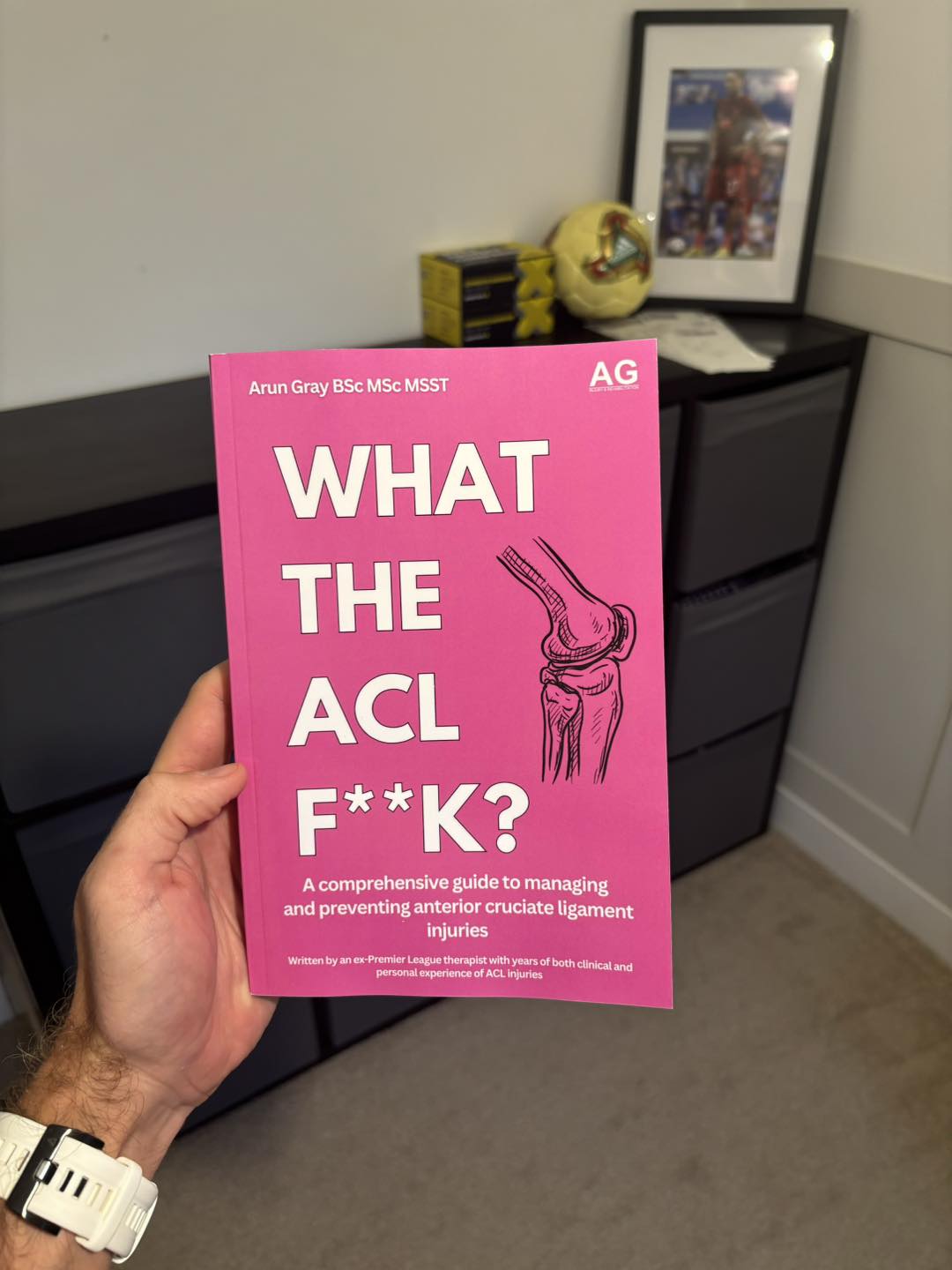Every 90 seconds, someone in the United States undergoes ACL reconstruction surgery. This remarkable statistic highlights just how common this knee procedure has become in our active society, with up to 300,000 surgeries performed annually.
From traditional patellar tendon grafts to cutting-edge Bridge-Enhanced ACL Repair (BEAR) techniques, the field of ACL reconstruction has evolved dramatically. Today's patients have access to a variety of surgical options, each offering unique benefits and considerations based on individual needs, athletic goals, and lifestyle factors.
Understanding ACL Reconstruction Surgery
ACL reconstruction surgically replaces a damaged anterior cruciate ligament to restore knee stability. This common orthopedic procedure helps patients regain normal knee function after injury. Each year, doctors perform between 100,000 and 300,000 ACL reconstruction surgeries in the United States alone.
Most ACL tears happen during sports activities, particularly when athletes make sudden stops or quick directional changes. Basketball players, soccer athletes, and skiers often need this surgery after experiencing an ACL rupture.
Common Surgical Methods
The patellar tendon technique takes the middle portion of the patellar tendon along with small bone pieces from the kneecap and shin bone. Surgeons create tunnels in the thigh and shin bones to position the graft, securing it with special screws.
Another popular option uses hamstring tendons. This method takes two pieces of hamstring tissue to create the new ACL. Like the patellar tendon approach, the surgeon places the graft through bone tunnels.
The quadriceps tendon method offers a third choice. This technique uses a strip of tendon from above the kneecap, sometimes including a small piece of bone. Doctors attach it using a screw on one end and a button on the other.
Each method comes with specific benefits. The patellar tendon offers strong initial fixation, while hamstring grafts need smaller incisions. Quadriceps grafts work well for second surgeries and provide excellent strength.
Traditional Surgical Techniques in ACL Reconstruction
Patellar Tendon Graft Method
The patellar tendon graft method takes tissue from the middle third of the patellar tendon. Surgeons remove this section along with small bone pieces from both the kneecap and tibia. They then make precise tunnels in the femur and tibia, placing the graft through these channels. Metal or bioabsorbable screws hold the graft firmly in place.
Hamstring Tendon Technique
This technique uses two separate pieces of hamstring tendon - the semitendinosus and gracilis. Surgeons create tunnels in both the thighbone and shinbone to thread the graft through. This method results in smaller incisions compared to other options, though the healing time between tendon and bone takes longer.
Quadriceps Tendon Approach
The quadriceps tendon method takes a strip of tendon from above the kneecap. Some surgeons include a small bone plug from the patella for added strength. They secure the graft using an interference screw on the femoral side and a cortical button on the tibial side. While less common than other methods, this technique works particularly well for revision surgeries.
The choice between these methods often depends on specific patient factors. A person's age, activity goals, and knee anatomy all play important roles in determining the most suitable technique. Athletes and highly active individuals might benefit from different approaches than less active patients.
Pros and Cons of Traditional Techniques
Patellar Tendon Graft
The patellar tendon graft method offers strong initial fixation and quick bone-to-bone healing. The solid attachment points make it a popular choice for athletes who need to return to high-impact activities. However, patients might experience front knee pain after surgery. There's also a small risk of kneecap fracture during the recovery period.
Hamstring Tendon Graft
Hamstring grafts cause less pain at the donor site and require smaller surgical cuts. This method often leads to better cosmetic results and less post-operative discomfort. The downside? The tendon-to-bone healing takes more time, and some patients notice reduced hamstring strength afterward.
Quadriceps Tendon Graft
The quadriceps tendon provides excellent mechanical strength and works well for repeat surgeries. This option gives surgeons good graft material to work with and creates minimal scarring. The main drawbacks include potential quadriceps muscle weakness and a longer recovery time for some patients.
Each surgical method suits different patient needs. Young athletes often benefit from patellar tendon grafts due to their strength and stability. Older adults or those with less demanding activities might prefer hamstring grafts for their easier recovery. The quadriceps option often serves as a backup choice or works well for larger patients who need substantial graft material.
Innovative and Minimally Invasive Techniques
All-Inside ACL Reconstruction
All-inside ACL reconstruction changes the standard approach by using small sockets instead of complete bone tunnels. This method, first introduced in 2006, reduces surgical trauma and post-operative pain. The technique creates shorter bone channels, which may speed up healing time and limit bone loss.
Bridge-Enhanced ACL Repair (BEAR)
The BEAR technique offers a different solution that doesn't require taking tissue from other parts of the body. Surgeons place a special sponge-like implant between the torn ACL ends after soaking it in the patient's blood. This material acts as a bridge, letting the original ACL heal itself naturally.
Comparing New and Traditional Methods
Recent techniques focus on faster recovery periods and reducing tissue damage. All-inside reconstruction cuts down on bone removal and surgical cuts. The BEAR method keeps the original ACL tissue, which might lead to better joint function. These newer options also limit problems at donor sites since they need less or no tissue from other areas.
Traditional methods still work well, but innovative techniques give patients more choices. Recovery times often improve with newer methods, though long-term results need more study. Each option fits different patient needs, with factors like age and activity level guiding the choice of technique.
Additional Considerations in ACL Reconstruction
Fixation Options
Surgeons use different methods to secure ACL grafts in place. Metal screws offer proven reliability and strength, while bioabsorbable screws dissolve over time as the body heals. Both options work well, but metal screws sometimes need removal if they cause irritation. Cortical buttons and interference screws help anchor the graft ends firmly within the bone tunnels.
Recovery Timeline
Physical therapy starts soon after surgery and typically continues for 3-6 months. Patients begin with basic exercises to reduce swelling and improve range of motion. As healing progresses, they add strength training and balance exercises. Most people return to daily activities within 3-4 months, though athletes often need 6-9 months before returning to sports.
Long-term Results
Success rates vary based on several factors, including the type of graft used and patient characteristics. Younger patients using their own tissue (autograft) generally show better outcomes than those receiving donor tissue (allograft). Re-tear rates increase in high-impact athletes, particularly those under 25 years old. Studies show that proper surgical technique and following rehabilitation guidelines closely improve long-term success.
The type of reconstruction affects healing time and potential complications. Some patients experience knee stiffness or infection after surgery. Regular follow-up appointments help catch and address any issues early. Athletes often need specific return-to-sport testing before getting cleared for competition.
Factors Influencing the Choice of Reconstruction Technique
Patient Factors and Goals
Age, physical condition, and activity goals shape ACL surgery decisions. Young patients often need stronger grafts to support high-impact activities. Older adults might benefit from less invasive options with shorter recovery times. The condition of other knee structures, like meniscal tears, also affects surgical planning. Previous knee surgeries can limit graft options and influence technique selection.
Risk Assessment
Each reconstruction method carries specific risks. Patellar tendon grafts might cause front knee pain or kneecap problems. Hamstring methods can result in muscle weakness. Infection rates stay low across all techniques but vary by surgical approach. Graft failure happens more oftenin young athletes and when using donor tissue.
Athletic Considerations
Athletes need special attention when choosing ACL reconstruction methods. Contact sport participants often receive patellar tendon grafts for maximum stability. Return-to-sport timing varies by surgical technique and healing progress. Most athletes wait 6-9 months before full competition, though some need longer. Testing measures strength, movement control, and psychological readiness before clearing athletes for play.
Physical therapy protocols change based on the chosen technique. Some methods allow faster early progress, while others need more gradual strengthening. Athletes work with their surgical team to create recovery plans matching their sport's demands.
Latest Research and Trends
Recent studies point to new methods for preserving the original ACL tissue when possible. The Bridge-Enhanced ACL Repair (BEAR) technique shows promise as an alternative to traditional reconstruction. This method places a protein-rich implant between torn ligament ends, letting the natural ACL heal itself.
Scientists continue testing less invasive surgical approaches. The all-inside reconstruction technique reduces bone removal and speeds up recovery time for many patients. This method creates smaller bone channels instead of full tunnels, limiting tissue damage during surgery.
Research indicates that biological treatments might improve healing. Adding platelet-rich plasma to surgical sites shows early success in some studies. Other trials examine stem cell treatments to speed up recovery and strengthen repairs.
Technical improvements in surgical tools allow for more precise procedures. Better imaging systems help surgeons place grafts more accurately. Computer-assisted navigation systems increase surgical precision and might lead to better outcomes.
Studies also focus on preventing re-tears, especially in young athletes. New rehabilitation protocols combine traditional strength training with movement pattern correction. Research shows that addressing biomechanics during recovery reduces the risk of future ACL injuries.
Data suggests that graft choice affects long-term results. Studies comparing different techniques help surgeons match patients with optimal procedures. This personalized approach takes into account factors like age, activity level, and tissue quality.
The Future of ACL Reconstruction
The landscape of ACL reconstruction continues to evolve with promising innovations like the BEAR technique and all-inside reconstruction methods leading the way. These advances focus on minimizing tissue damage, speeding up recovery times, and improving long-term outcomes for patients of all activity levels.
As research progresses and surgical techniques become more refined, the future of ACL reconstruction looks increasingly personalized. The key to success lies in matching each patient with the most suitable surgical approach while considering their unique circumstances, goals, and lifestyle demands.

